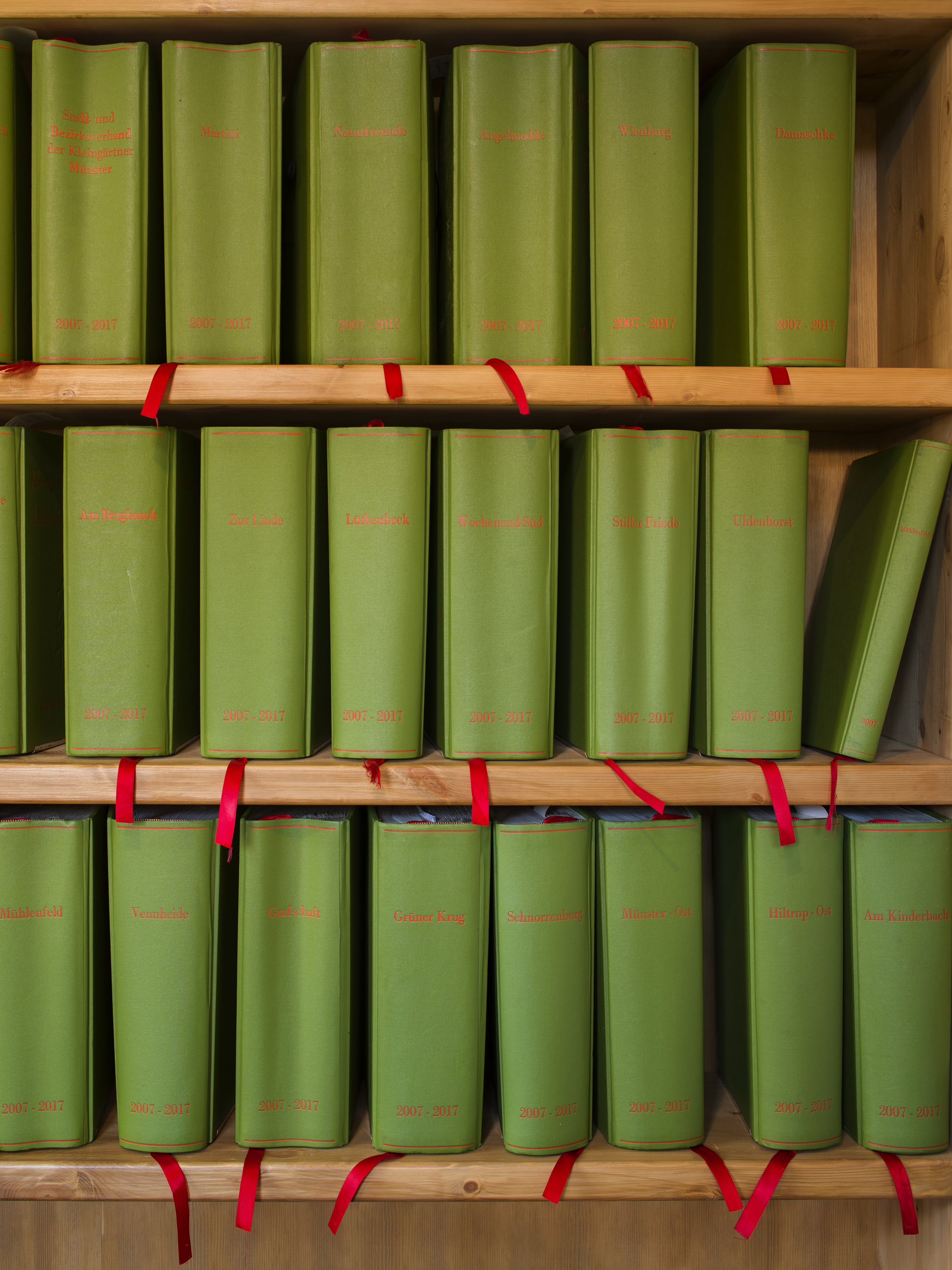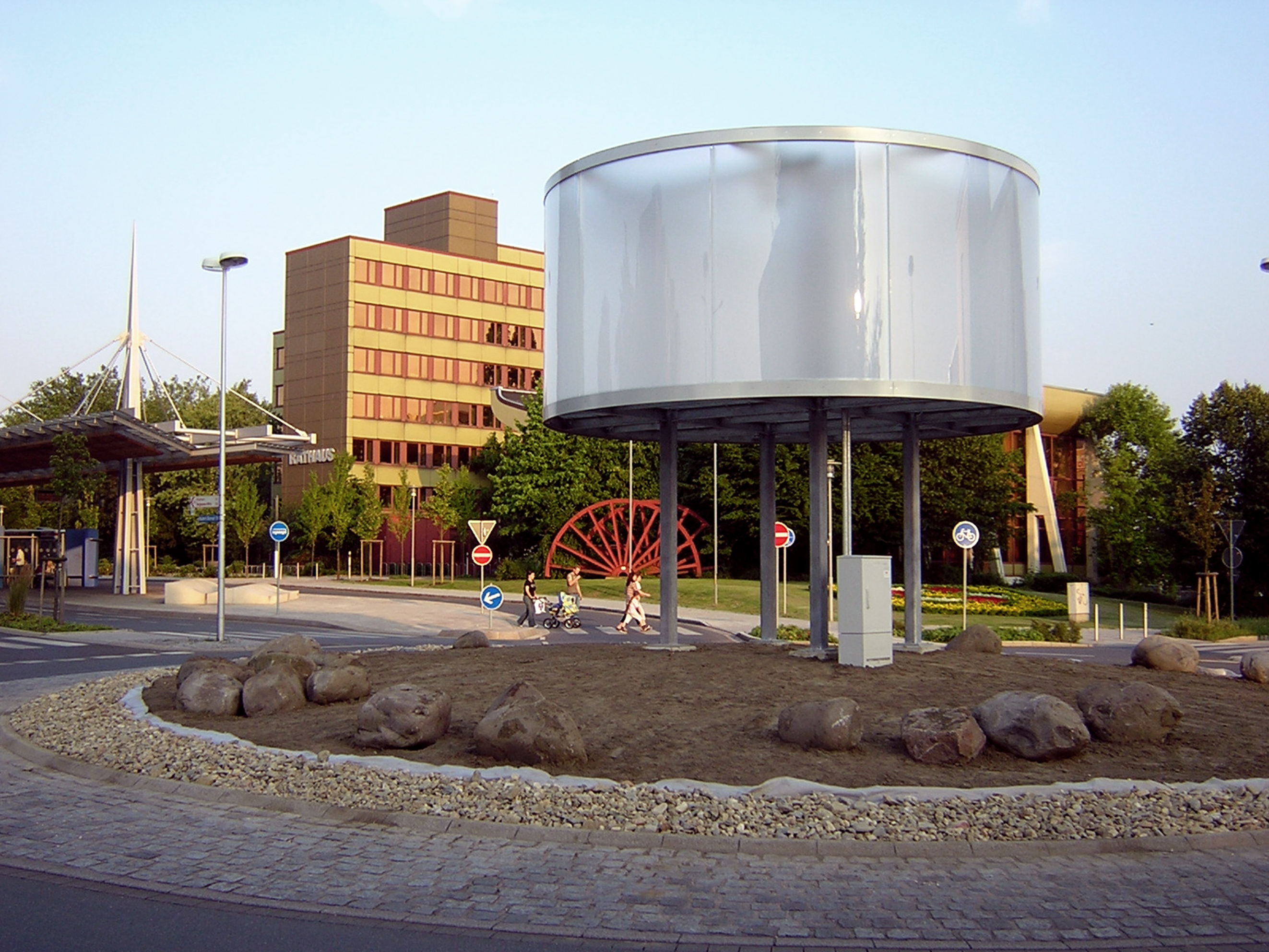Search
To search for an exact match, type the word or phrase you want in quotation marks.
A*DESK has been offering since 2002 contents about criticism and contemporary art. A*DESK has become consolidated thanks to all those who have believed in the project, all those who have followed us, debating, participating and collaborating. Many people have collaborated with A*DESK, and continue to do so. Their efforts, knowledge and belief in the project are what make it grow internationally. At A*DESK we have also generated work for over one hundred professionals in culture, from small collaborations with reviews and classes, to more prolonged and intense collaborations.
At A*DESK we believe in the need for free and universal access to culture and knowledge. We want to carry on being independent, remaining open to more ideas and opinions. If you believe in A*DESK, we need your backing to be able to continue. You can now participate in the project by supporting it. You can choose how much you want to contribute to the project.
You can decide how much you want to bring to the project.

If this text had a soundtrack, it would begin with Time Is On My Side by The Rolling Stones (’Tiiiime is on my side, yes it is. Tiiiime is on my side, yes it is’) because time is relative, experienced as subjective, a scarce resource that can be managed, administered, lost or enjoyed. When the temporal aspect in artistic projects expands beyond what would be considered ’normal’, it becomes a theme in itself. We’ve seen this in the field of the cinema, not only in films whose length verges on what could be considered the limit of the endurable, but particularly in productions that transcend these standard limits (the shooting of Boyhood by Richard Linklater, carried out between 2002 and 2013, tells the story of a boy and his family, played by the same actors over the course of eleven years). We’ve seen the same in the field of the theatre, for instance, with marathon twelve-hour sessions such as that of Mahabharata by Peter Brook and Jean-Claude Carrière. In art, too, especially in the first performances by Ulay/Abramovic as a form of resistance, or barely a year ago, when Anna Dot was filibustering as she tried to draw out the talk that closed her exhibition at La Capella as long as possible in order to sabotage the closing time fixed by the institution.
Resistance is also that of tireless artists who obsessively devote their lives to their work, regardless of the recognition obtained. Musician Joaquín Orellana has spent decades composing and creating his own instruments in his studio in Ciudad de Guatemala and, about to turn eighty-seven, has only now been ’discovered’ by a global audience after receiving an invitation to compose and present a symphony for documenta 14.
Artistic and vital is the project for an expanded performance by EVA & ADELE, a couple who transgress gender boundaries, impeccably and complementarily dressed and made up, who have been making continuous public appearances at the openings of the most significant artistic events since 1989.
In the development of artistic projects there is often a conflict between the time frame the projects naturally need, and the institutional time marked by the programming that requires that these projects – be they exhibitions, performances, presentations, publications, workshops or seminars – to have specific opening and closing dates that will not overlap with those of the following event organised.
In these days of maximum acceleration and speed, the artists and organisations that make projects possible show a long-term zealous commitment to accommodate the genuine needs of these projects and grant them the time they need to complete their processes.
Changing track (perhaps to a brass band), we shall now move on to case studies.

Jeremy Deller. Speak to the Earth and it will Tell You (2007-2017) (c) Skulptur Projekte 2017. Foto: Henning Rogge
In 2007, Jeremy Deller began Speak to the Earth and It Will Tell You for the Münster Skulptur Projekte (another unique example, as the lapse of time between each of these sculpture events is ten years). Starting from his interests in working with groups and communities of people who share the same affinities, Deller gave the fifty associations related to community gardens and city allotments a series of leather-bound notebooks so that, over the course of ten years, they could use them as a diary (of their activities, news, actions, setbacks, etc.). Dove trees, that take ten years to blossom, were planted to make this time lapse visible, and in 2017, consulting the notebooks at the following Skulptur Projekte Münster, we have obtained a glimpse of the everyday activity of thirty of these associations. Besides focusing on horticultural issues, the diaries constitute a chronicle of society and an unmediated comment on the changes suffered by the city and its inhabitants and, to a certain extent, by the world at large.

Jeremy Deller. Speak to the Earth and it will Tell You (2007-2017) (c) Skulptur Projekte 2017. Foto: Henning Rogge

Cambio de música y cambio de caso de estudio.
No Agreement Today, No Agreement Tomorrow by Fela Kuti is the title of an intervention in public space in the city of Bergkamen, that began in 2004 and will conclude in 2028. The work consists of a cylindrical sculpture made of steel and acrylic glass made by artist Andreas M. Kaufmann, who won a competition organised by the city council calling for public projects for several roundabouts in the town. Inside the sculpture, four revolving projectors loaded with six slides each project mass-media images — portraits and gestures of prominent political, cultural and society figures. George Bush, Julian Assange, Halle Berry and Leo Messi, among others, tell a story of the present shaped by the media.


Andreas M. Kaufmann. No agreement today, no agreement tomorrow (2004-2028). Foto: Roman Mensig
No Agreement Today, No Agreement Tomorrow (and the musical and political reference to Fela Kuti is no coincidence) is a media sculpture that welcomes the participation of the citizens of Bergkamen. Since the piece was installed in the roundabout close to the Town Hall, next to a coach station, it has prompted comments, questions and criticism and has been the object of an annual ritual in which one of the slides, and therefore one of the figures, is replaced by another. Aware as the artist is that the work occupies a public space belonging to the community, rather than being a unilateral gesture, the change of slide encourages communication with specific groups (different each year) who are asked to suggest who from among the most outstanding figures of the previous year could ’leave’ and who could ’join’ the piece, and to choose the specific image to be projected.
Since 2004, the entrance and exit of public and media figures such as Paris Hilton, Hillary Clinton, Angela Merkel, Pope John Paul II or Steve Jobs have been discussed by a group of teenage students, a Turkish cultural association and a Russian folklore society, among other collectives, who have had full authority to make decisions related to public space in their city. Four projectors with six slides each add up to twenty-four slides, all of which will have been replaced twenty-four years after the installation of the sculpture, in 2028 — the year when No Agreement Today, No Agreement Tomorrow, in the most Beuysian sense of the term ’social sculpture’ i.e., processual and participatory, will have drawn to its end.

Montse Badia has never liked standing still, so she has always thought about travelling, entering into relation with other contexts, distancing herself, to be able to think more clearly about the world. The critique of art and curating have been a way of putting into practice her conviction about the need for critical thought, for idiosyncrasies and individual stances. How, if not, can we question the standardisation to which we are being subjected?
www.montsebadia.net
"A desk is a dangerous place from which to watch the world" (John Le Carré)